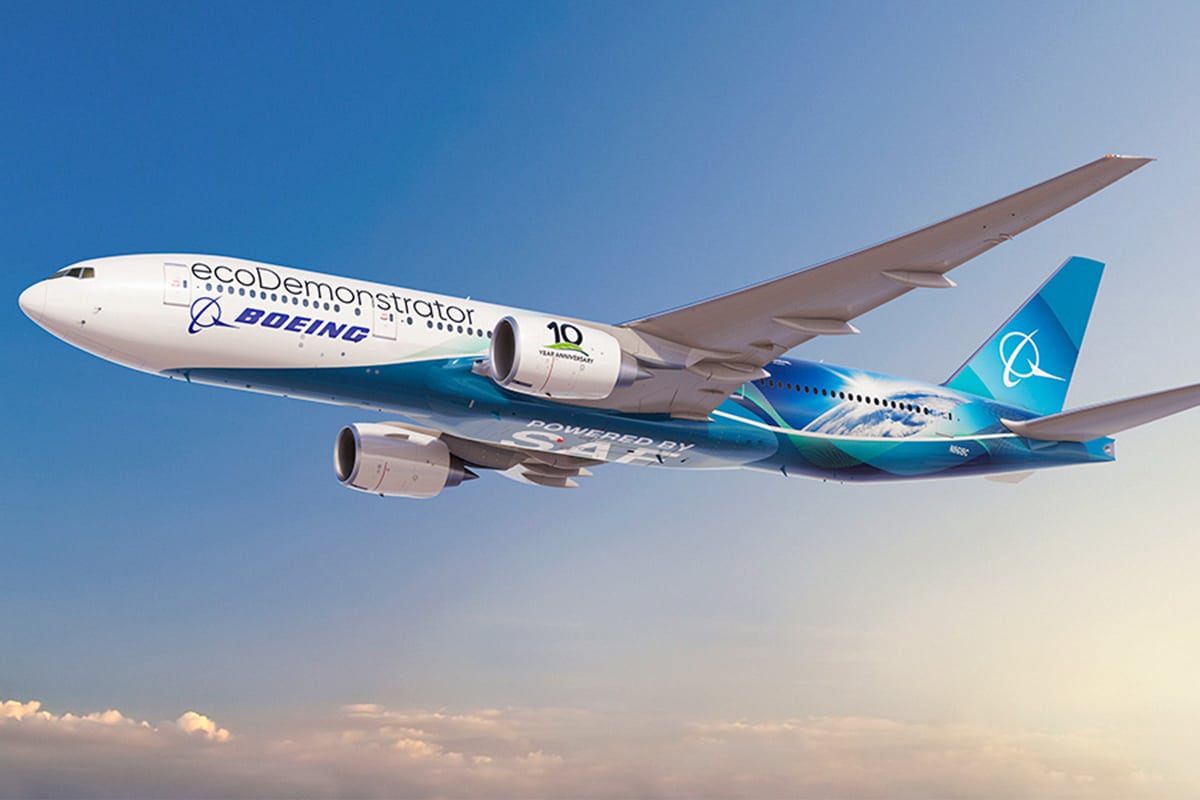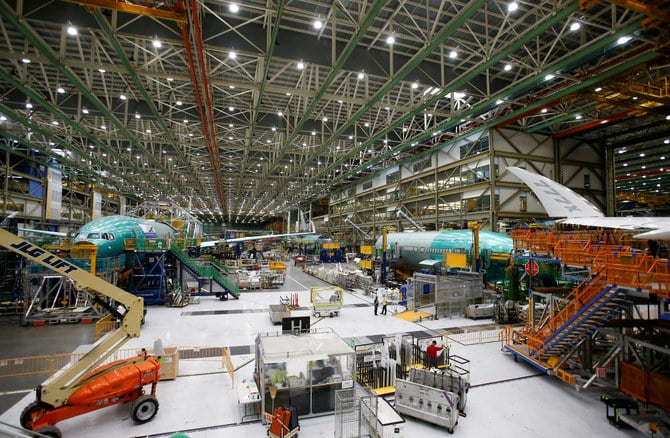What is CORSIA? and will it deliver on its promises?
CORSIA is (one) of ICAO’s great hopes in the battle against CO2 in Aviation.
It’s the platform on which airlines and other stakeholders will make sure we are taking valid steps towards #Netzero with carbon credits. The goal is carbon neutrality by 2050. Can we do it? We must.
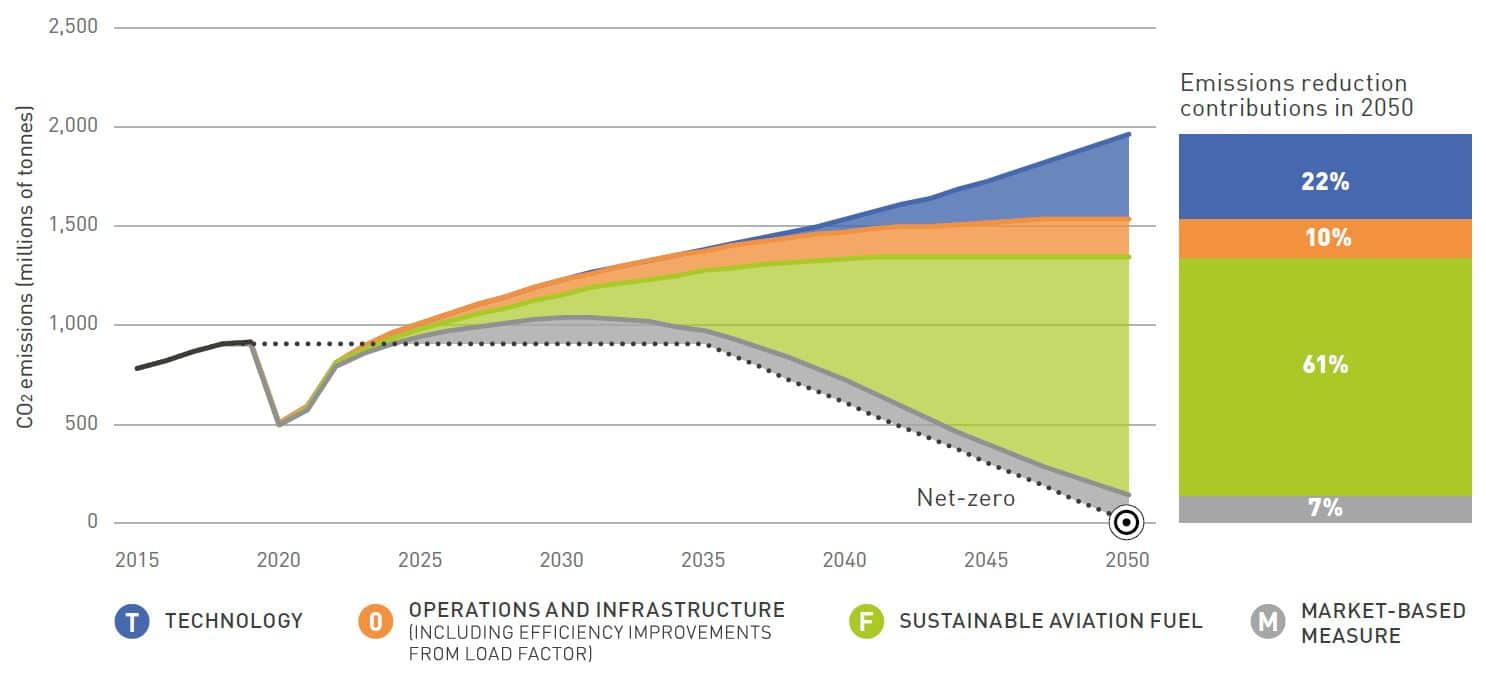
The Aviation Sector
There’s a war going on. The war on CO2. And like Achilles at the gates of Troy, Aviation has been sent out alone to answer for it.
Ok, that was a bit dramatic. But it does feel that way sometimes. Read on to see if the beautifully named Corsia can help us. And the part you can play with carbon credits.
Corsia Pilot Phase
CORSIA – Carbon Offsetting and Reduction Scheme for International Aviation. ICAO is the international body – under the umbrella of the UN– that controls it and disseminates the Corsia framework to all states. Including yours, hopefully. Corsia is just one way we hope to control aviation’s carbon emissions.
We’re going to explain Corsia in plain terms. To show you what to look at and why. And we are going to suggest a few simple actions you can take to help all of Aviation. Yes. You.
Climate Change
The Journey to #FlyNetZero in 2050 will be long and hard. And it will involve false starts. But we are well used to false starts and failures in Aerospace. You, I, and all our colleagues will face the emissions question for the rest of our careers. So, it’s better we all get up to speed right now to find the correct data as it pertains to our industry. We need to be truly carbon neutral.
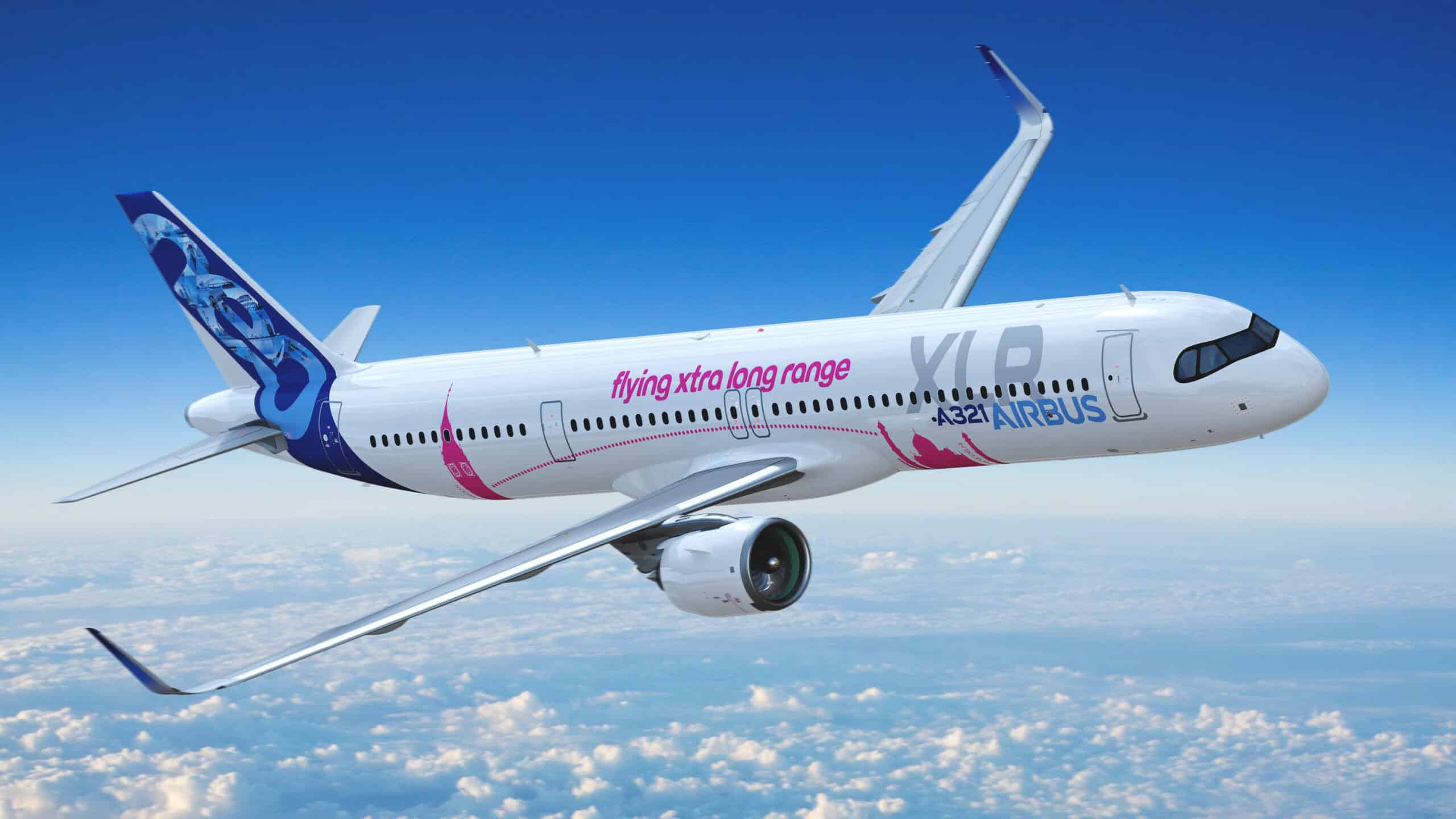
And Truth is the best weapon in the fight we face. And boy is it a fight.
CO2 Reduction &GMBM
GMBM is Global Market-Based Measures. This is the criteria ICAO uses for international aviation emissions to show our progress toward #NetZero2050 with Carbon credits.
There are four main baskets being measured. These are.
Aircraft Technologies
Operational Improvements
Sustainable Aviation Fuels
CORSIA
The first three are self-explanatory. And if you are involved in these categories then we wish you Godspeed. We have an article on how Air Traffic Control alone might deliver 30-40% improvements if we just improve how we handle the route networks.
But Corsia is how we will offset and trade our CO2 commitments. Corsia is a single, global scheme that will help aircraft operators with their emission commitments, through transparency.
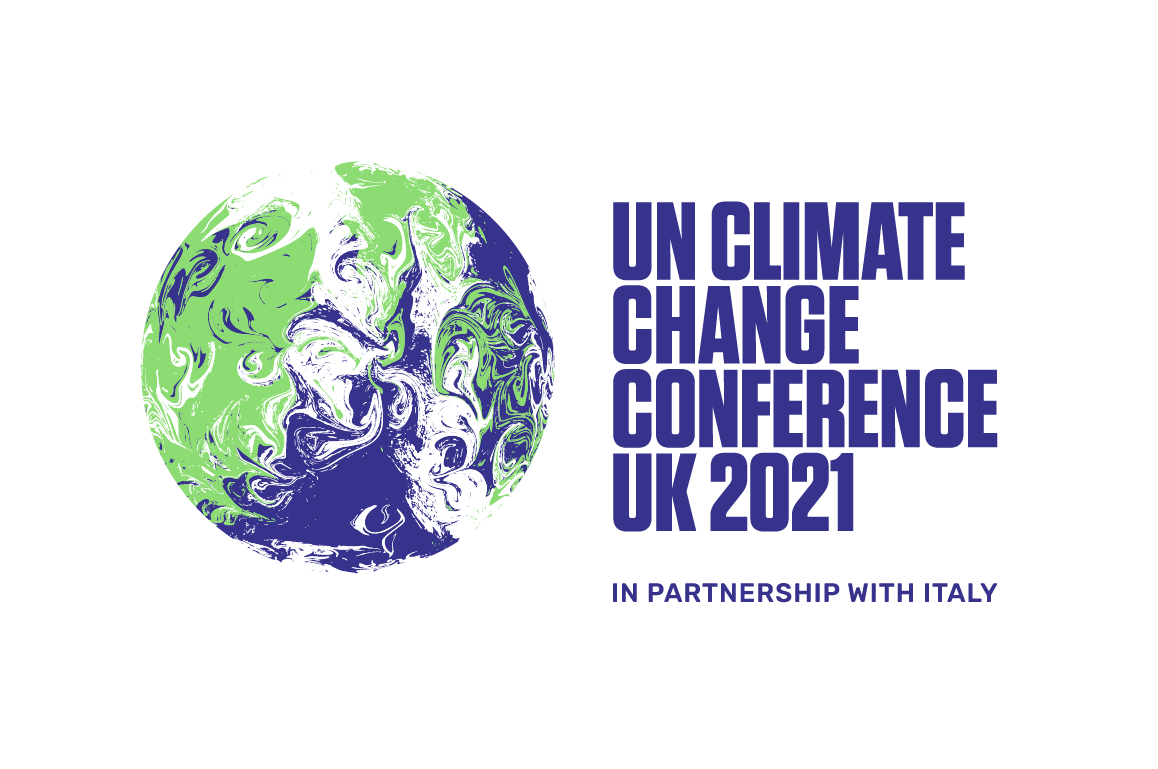
It will ensure the fair treatment of the Aviation Sector when compared to other industry programs that use fossil fuels as a source of energy. And if you are wondering where aviation sits, then according to the IPCC, aircraft and carbon aviation fuels are responsible for 3% of global CO2 emissions.
Three Percent.
But we need that to be Zero %.
Corsia Flight to NetZero
When did CORSIA start?
Its effective start date was 2021 but there are three distinct phases. We are currently in the pilot phase.
1. Pilot Phase (2021 – 2023)*
2. First Phase (2024 – 2026)
3. Second Phase (2027 – 2035)
*Voluntary Phases
International Aviation
The Pilot phase is a volunteer phase before mandatory laws on carbon credits are introduced in 2024. The critical term you need to know is the RTK (Revenue Tonne Kilometers). This is how the calculations will measure your annual emissions in terms of CO2 and therefore your offset requirements.
Simply put, all airlines will self-report their baseline emissions and they will need to report to Corsia how those emissions from flying are being offset, or if they exceed their quota. Sounds simple right.
It’s anything but.
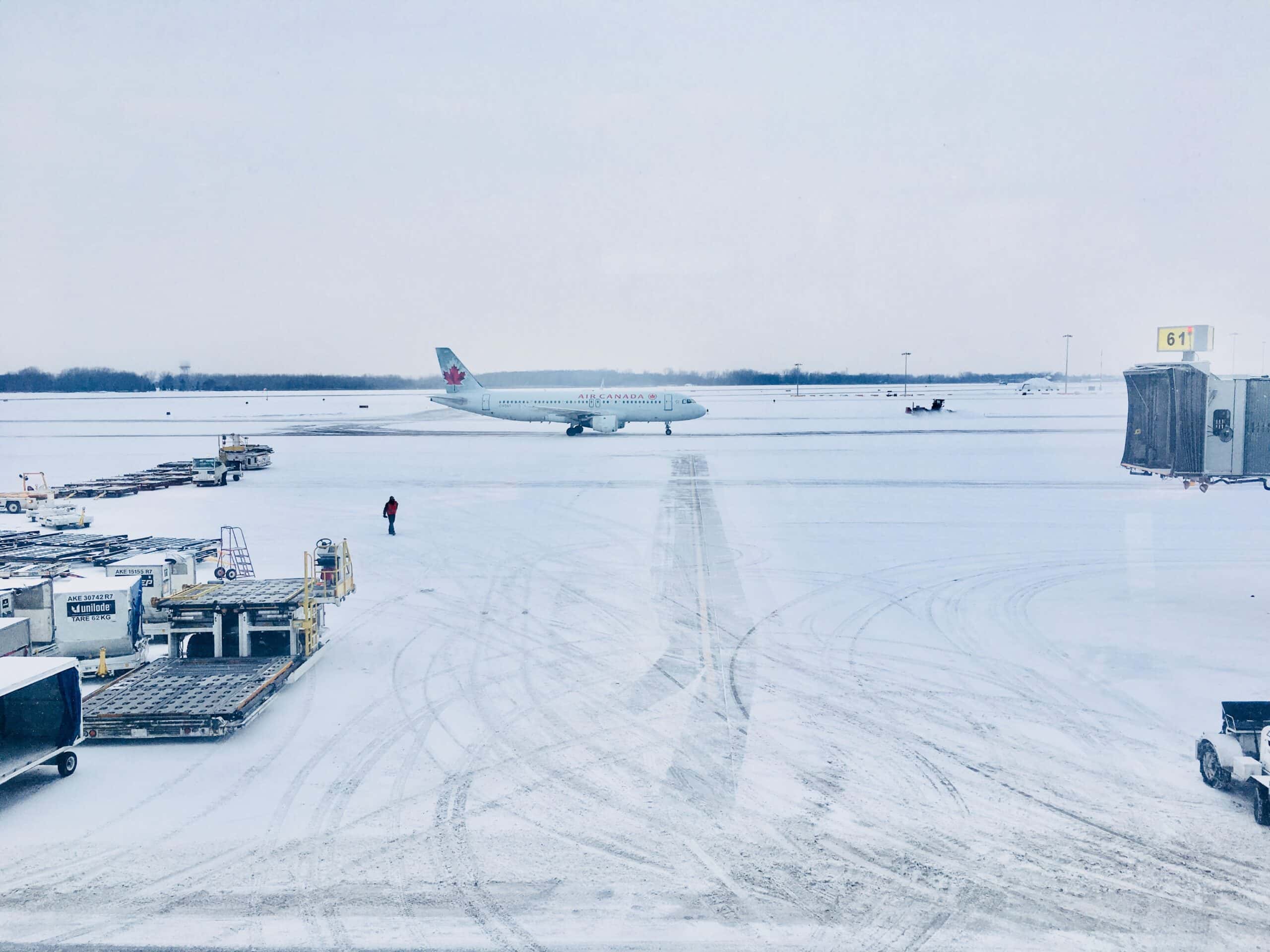
Corsia and Carbon Intensities
We start with the baseline and eligibility criteria in 2021. The airlines, as they continue to grow their aircraft fleet, must not exceed their CO2 emissions from that baseline. But they will. So, what they must do is venture into the Carbon Market to offset these emissions.
Airlines will now have to give cold hard cash to those beautiful people who are doing the exact opposite of CO2 emissions. Thus, in theory, the airlines will have carbon-neutral growth.
The hope is that by 2025 all four baskets will combine, resulting in Aviation maintaining its emissions at the 2021 level and halt increases. Forever. The next 25 years will be used to get us down to zero climate impact. The currency we use is called Emission Units. These will be purchased and canceled once they are applied toward eligible fuel.
An Airline (or other entity) will calculate its total offsetting requirements for a given compliance period and any Emission units it is liable for (over its 2021 baseline), it must purchase on the open carbon market.
Climate Environmental Impacts
Where are these Carbon Markets?
They’re already up and running. And they need to be approved. This ensures only qualified entities and projects are allocated these green certificates. And so, the system will be accepted.
Here is one of them if you want to look deeper and you can google agencies/ brokers if you prefer to go that way.
Airlines (and most Lessors/Owners) must have an Emissions Monitoring plan and issue Emissions reports. These can be done internally or by experienced providers. such as our ISTAT friends over at IBA dot aero.
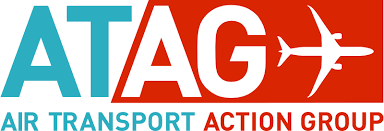
Aeroplane Operators Survey
The MRV (Monitoring, Reporting and Verification) system in the Corisa criteria works like this.
1. Monitoring
The airline uses a Fuel Use Monitoring method to accurately collect the data on the fuel used per flight. They will then calculate the C02 emissions.
2. Reporting
Once calculated, the Airlines will report this to their State Authority using standardized procedures and harmonized methods.
3. Verification
Steps 1 & 2 allow other parties to view, analyze and verify that what the airline is stating is true and accurate. Like accounting practices in the financial world.
Carbon Intensity Assessment
ICAO has kindly developed a couple of Online tutorials.

The other is a brief introduction to the C02 estimation and reporting as well as an introduction to the CERT tool.
Climate action is for all of us. Join the fight.


